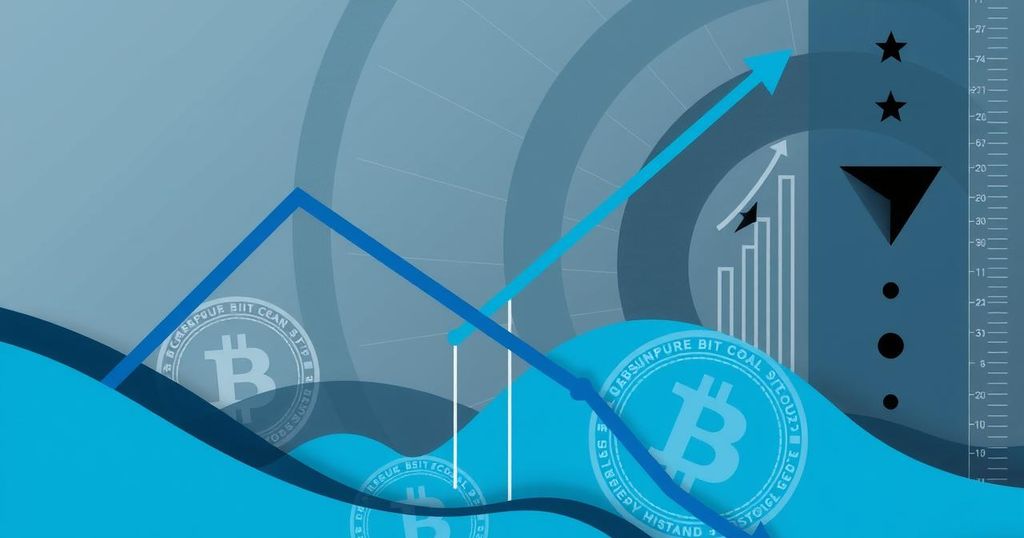Bitcoin Futures Premium Falls to Three-Month Low Despite Strong ETF Inflows
Bitcoin futures premium hit a three-month low, despite BTC trading 8% below its all-time high. The weakness in Bitcoin derivatives, alongside bearish sentiment in options markets, raises questions about trader confidence. However, institutional interest in Bitcoin remains strong, with significant ETF inflows, suggesting a divergence in market sentiments that complicates the outlook for BTC prices.
In recent developments in cryptocurrency, the Bitcoin futures premium has plunged to a three-month low, despite the fact that Bitcoin (BTC) prices sit just 8% below an all-time high of $103,300. While traders and investors tend to be quite emotional about market fluctuations, the current state of affairs raises questions about the apparent lack of optimism in the market.
The drop in Bitcoin’s price to around $102,400 could be linked to ongoing concerns over macroeconomic conditions. Since June 12, Bitcoin derivatives have exhibited weakness, evidenced by the futures premiums remaining below normal thresholds. Typically, futures trade about 5% to 15% above spot prices to allow for the longer time frames needed for settlement, but this hasn’t been the case lately, especially after a rejection at the $110,000 mark.
In fact, the futures premium has dipped below 4% as of Thursday, an alarming sign that marks the lowest level observed over the past three months. To put things into perspective, this metric is now lower than figures seen in early April when Bitcoin’s price saw a staggering drop of 10% within just 24 hours, falling to $74,440. The sharp contrast indicates a concerning bearish sentiment among traders these days.
To get a clearer picture, it’s crucial to look at the Bitcoin options markets as well. Fear typically leads to an uptick in put options premiums, driving the skew—an indicator of market sentiment—higher than 5%. When the market is in a bullish mood, this skew usually slides towards negative figures. Currently, though, the Bitcoin options skew is hovering at about 5%, which is perilously close to bearish territory, especially when considering the bullish -5% threshold that traders anticipated on June 9 after a swift price increase.
Despite Bitcoin’s recent struggles, the Russell 2000 index for US small-cap stocks managed to hold steady at the 2,100 support level. However, underlying tensions such as geopolitical issues in the Middle East and looming recession risks are making investors jittery, particularly with interest rates stuck above 4.25% in the US amidst ongoing inflation.




Post Comment